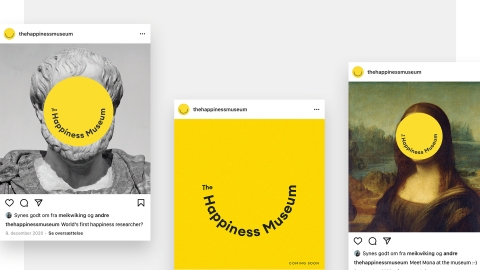Huge art collection
The late Samsung Chairman - Lee Kun Hee - was known not only as a "giant" in the business world, but also as an art collector with a massive collection of more than 23,000 works and antiques, many of which are considered national treasures according to Korean regulations.
As an art lover, the late Chairman Lee collected many masterpieces by world-famous painters such as Pissarro, Claude Monet, Salvador Dalí... and many other modern works.

Mr. Lee Kun Hee - Former Chairman of Samsung Electronics

Lee Kun Hee's art collection is valued at more than $1.7 billion.
After his death in late 2020, many questions arose in Korea about the fate of this huge collection. Mr. Lee's descendants had to pay an inheritance tax of up to 12 billion USD, so many hypotheses were put forward such as: this family will use the collection to pay the tax or auction the collection and use the money to pay the tax...
At the end of April 2021, the heirs - through Samsung Electronics - officially announced the donation of all 23,000 works and antiques in the late Chairman Lee's collection to museums in Korea. According to information from Samsung representatives and the Korean Ministry of Culture, Sports and Tourism, this art collection is divided into three parts.
The first part consists of about 21,600 works delivered to the National Museum of Korea. Most of these are works and artifacts from Korean classical masters, including 14 national treasures, notably theInwangjesaekdoby Jeong Seon; 64 other treasures, including extremely rare paintings such as theThousand-armed Great Compassionate Bodhisattva(Painting of the Bodhisattva of Great Compassion with a Thousand Arms) has existed since the Goryeo period (c. 918-1392).

"Inwangjesaekdo" by Jeong Seon. Painted around 1751, it depicts the Jongno District (present-day Seoul). The painting is one of Korea's national treasures.

"The Bull" by artist Lee Jung-seob from the late President's collection. The work will be donated to the Museum of Modern and Contemporary Art.
The second part of the collection, consisting of about 1,400 modern artworks, was transferred to the National Museum of Modern and Contemporary Art (MMCA). Among them are works by world-famous painters of the 19th and 20th centuries such as Monet, Renoir, Pissarro, Dalí, Joan Miró, etc. This number also includes works by famous Korean modern artists such as Kim Whanki, Lee Jung-seob and Park Soo-keun.
The remaining 200 works of modern Korean art will be handed over to local museums that are more or less related to the authors such as the Lee Jung Seob Art Museum, the Daegu Art Museum or the Jeonnam Art Museum.
This is considered the largest donation event ever in Korea, and many people are looking forward to the day to admire the works in this collection.
Decision to build private museum
Not long after, the Korean Government decided to build a new museum, named "Lee Kun Hee Art Museum" to honor the late President, while also facilitating research and preservation of the works.
In early July, Mr. Hwang Hee - Minister of Culture, Sports and Tourism of Korea announced the establishment of a committee consisting of government officials and independent experts to select one of two locations in Seoul: land in Yongsan district (belonging to the National Museum of Korea) and land in Songhyeon ward, Jongno district (near the National Museum of Modern and Contemporary Art) to build the Museum.
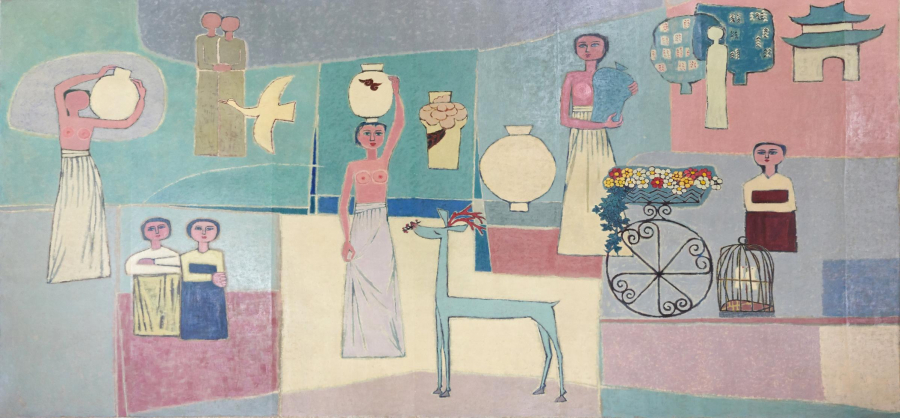
"Women and Jars" by Korean modern art master Kim Whanki.

Seopseom Island landscape painting by Korean modern artist Lee Jung-seob.
This announcement has caused protests from many localities, as they are looking forward to being chosen as the place to display these works of art. They believe that there is a huge gap in infrastructure and culture between Seoul and many other big cities and localities.
Many also expressed doubts about whether it was really necessary to build a new museum to display the late Samsung Chairman’s collection, when his relatives based on the time and context of the works’ creation to hand them over to museums. Displaying them in this division would create a more appropriate context for the artifacts than gathering them all in the same place, regardless of the time line and context of the works.
Kim Young-na, an art historian on the newly formed committee, said the collection also includes more than 10,000 books and documents that need to be studied, requiring the cooperation of a team of experts from various units. Considering public accessibility, keeping the entire collection in the center of Seoul is the most reasonable option.

The Flower Garland Sutra in gold on indigo paper, Korea's 235th national treasure.
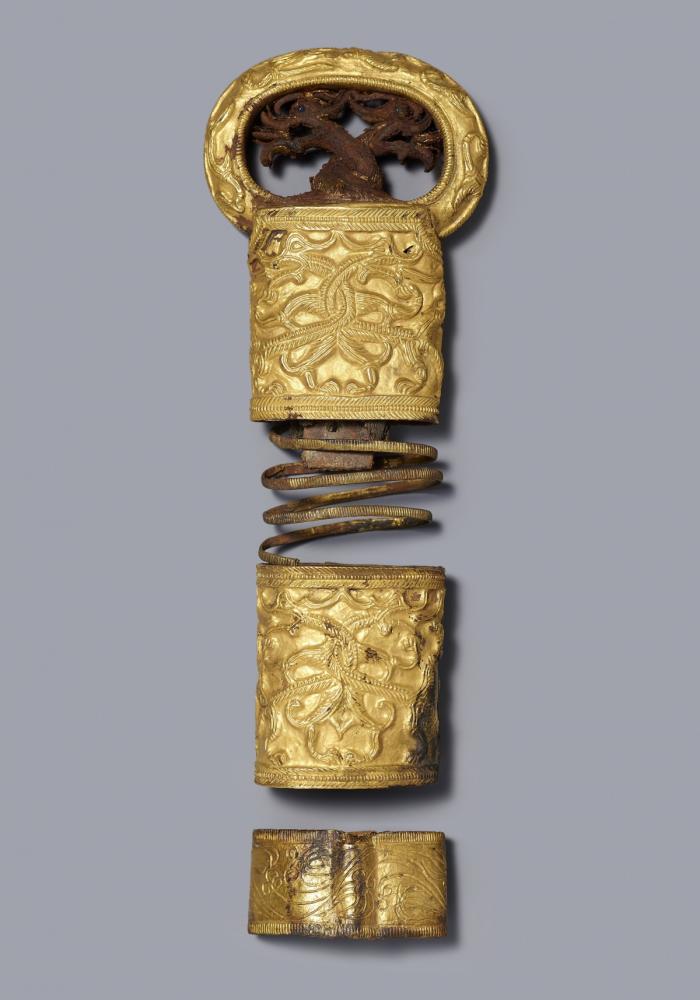
Torch and sword set, the 776th treasure of Korea.
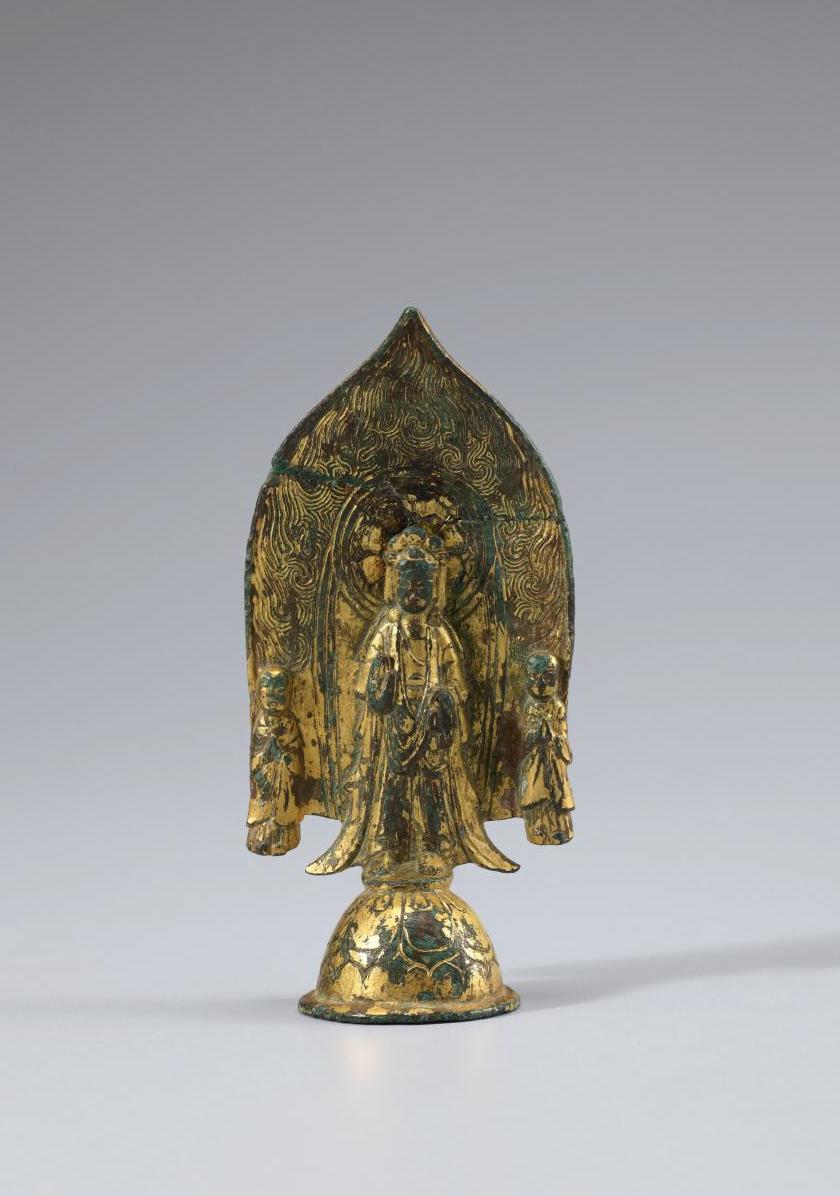
Gilded bronze Bodhisattva statue from the 6th century, the 134th national treasure of Korea
According to Minister Hwang Hee, the Committee considered and made its decision based on four principles: first, the donors and their true wishes for the collection; second, the need for a creative approach to research and display works originating from different historical periods; third, the need for good cooperation between existing museums to research and exhibit the works; and fourth, the need to consider the cultural tourism effect and national reputation.
With concerns about not being able to create a suitable display context because of the diversity of the collection, Mr. Youn Bummo, Director of the National Museum of Modern and Contemporary Art, said that the combined display would clearly show the collector's inherent philosophy, while creating a new model for the parallel research and display of classical and modern artworks.
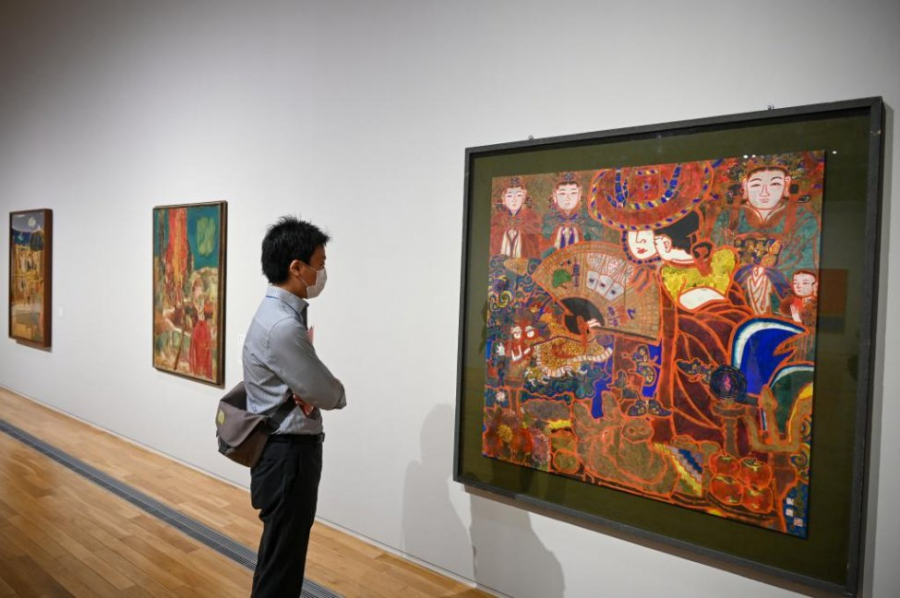
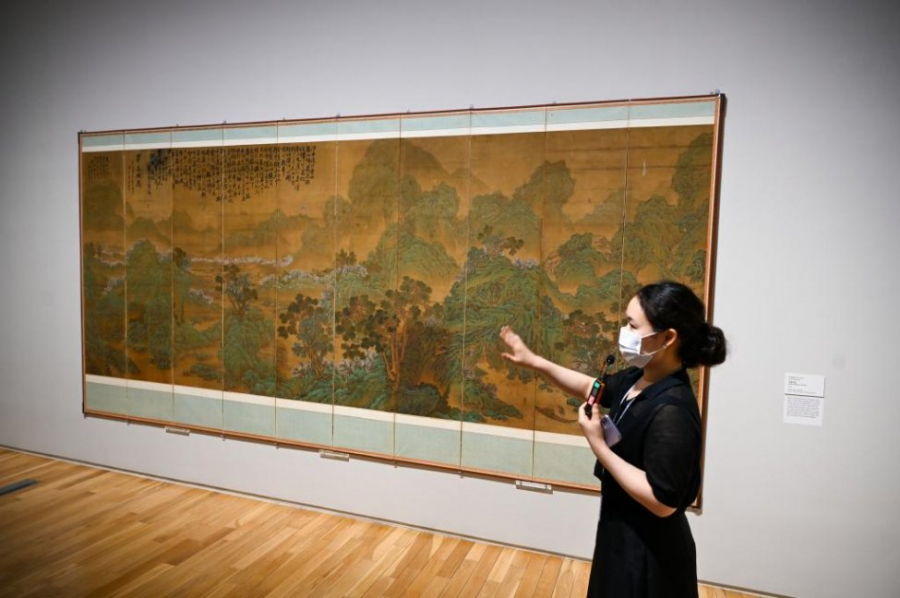
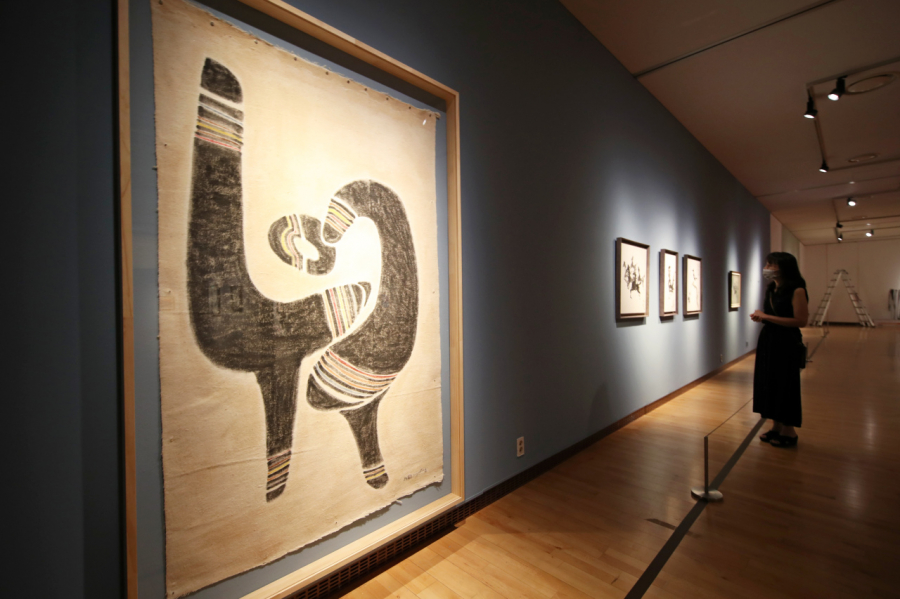

An exhibition of the late President's works was held at the National Museum of Korea and the National Museum of Modern and Contemporary Art last July.
Amid public interest, the National Museum of Korea and the Seoul branch of the National Museum of Modern and Contemporary Art began exhibiting the donated works on July 21.
Minister Hwang Hee said he would try to finalize the final construction site this year. He added that the museum is expected to be completed in 2027 or 2028 at a cost of about 100 billion won ($86.8 million).






















